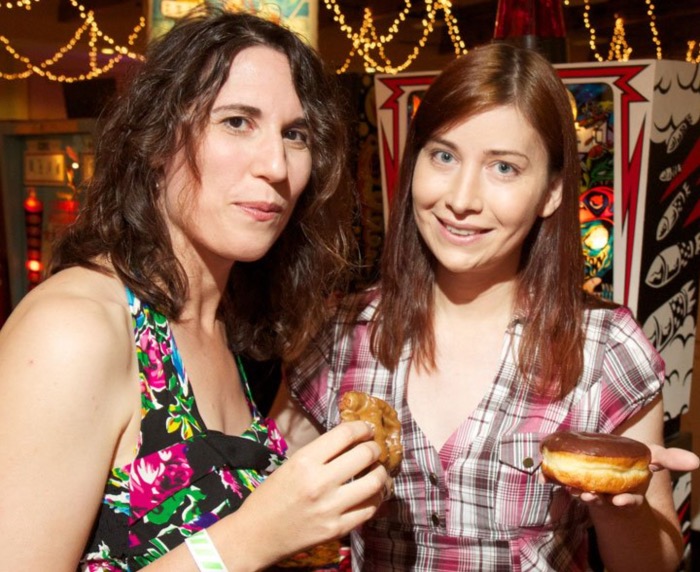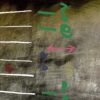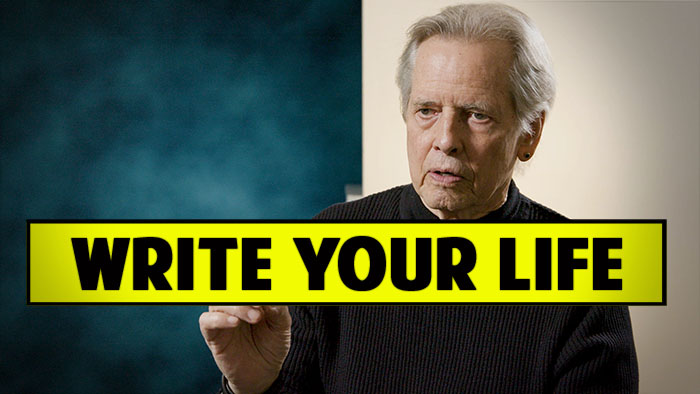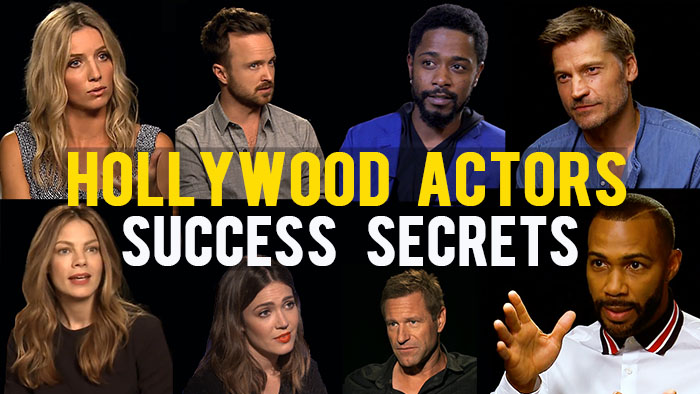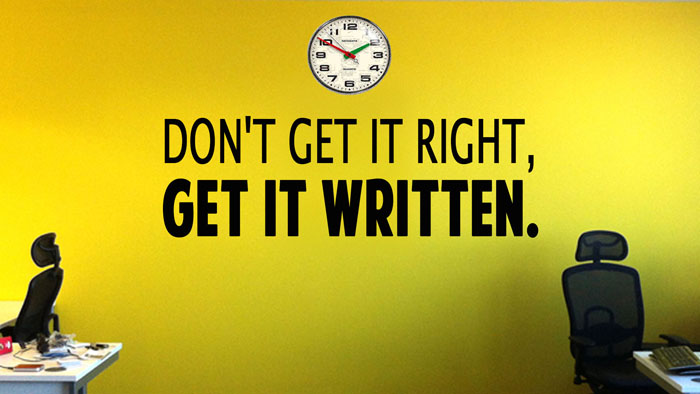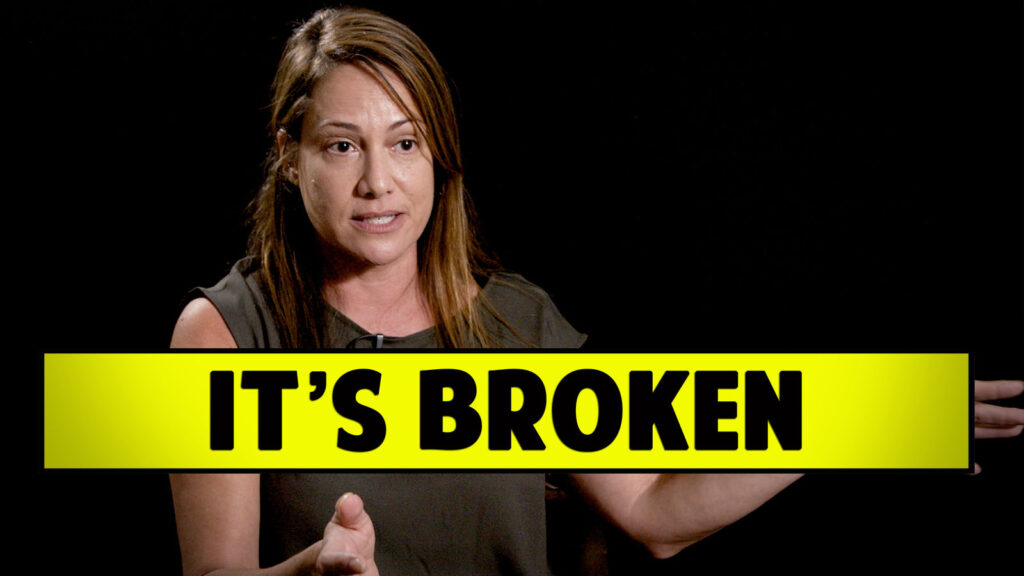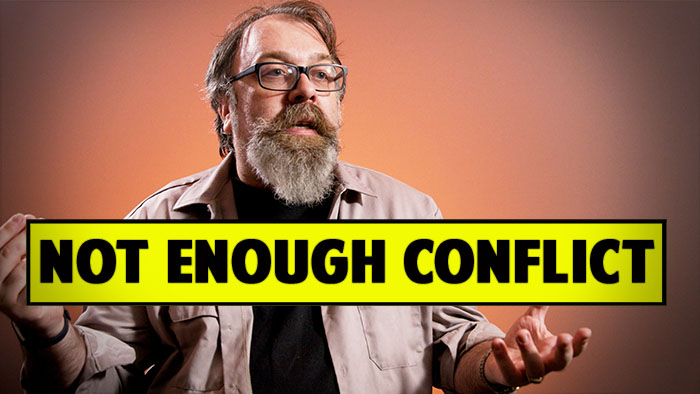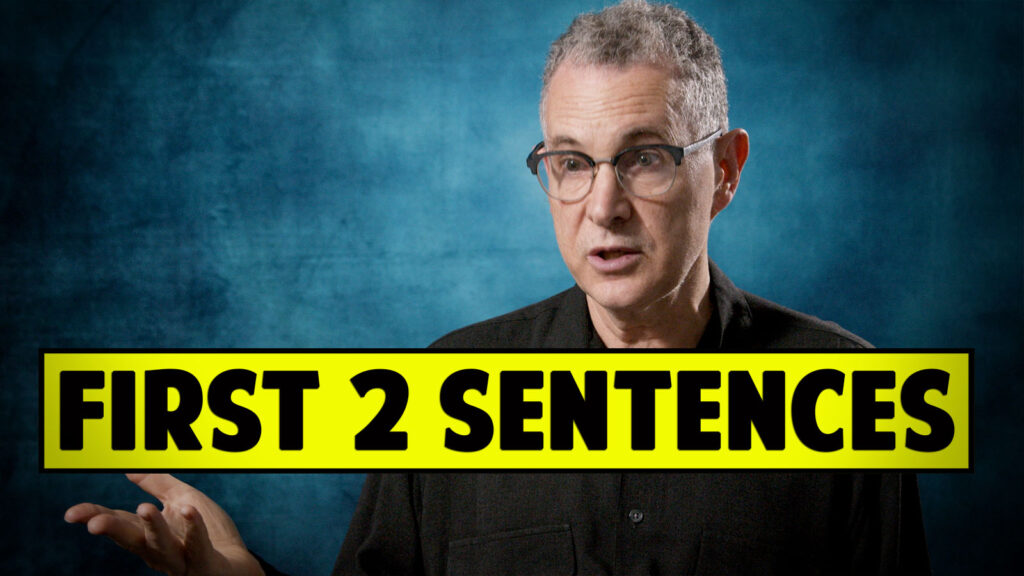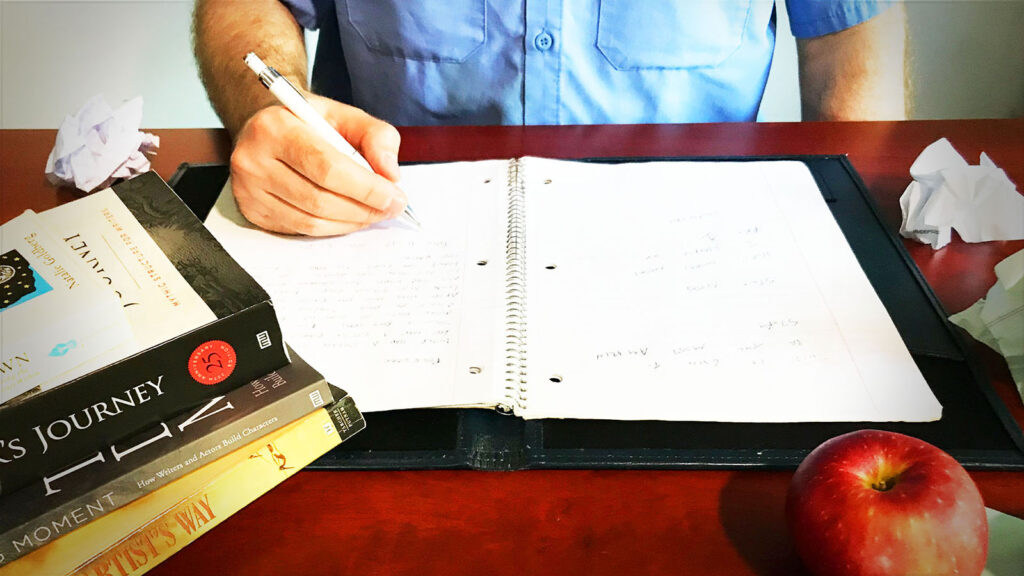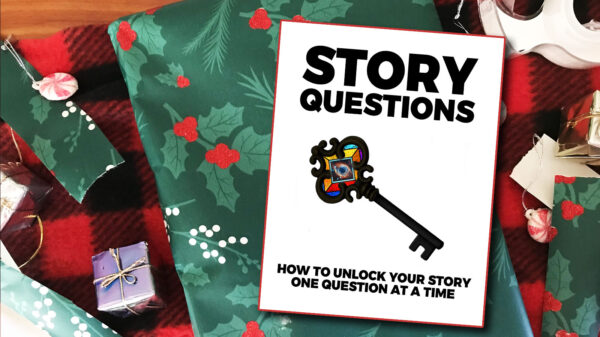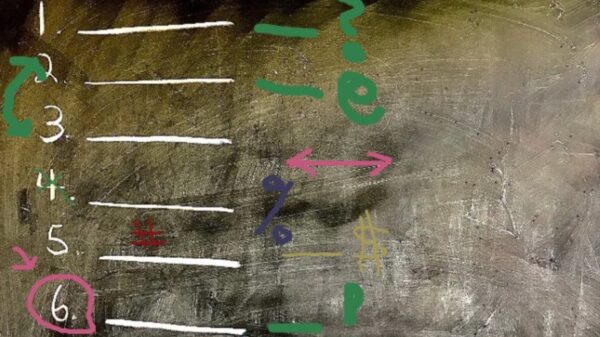
Anna Newman – Producer
It’s 6 am, and I am on Facebook, thanking people for “liking” my indie short film, Pinball Donut Girl, updating my sponsor page, and posting casting notices. It’s 11:40 pm, and I’m sending out personalized donation request emails, editing photos for tomorrow’s blog post on the PinballDonutGirl web site, and trolling my Linked In acct for more contacts. What about the CEO of my first startup job? Would he remember me? Maybe he’s into pinball…
Oh crap. How did it get to be 1:00 am? I have an early meeting tomorrow at my day job.

I work for DreamWorks Animation. Nope, not as an animator or a story artist: I’m in the R&D department managing one of the in-house software development teams. Weekends, nights, and early mornings, I’m a live action indie producer. My passion is matching up student filmmakers with key pro crew and teaming upcoming actors with more experienced folks. To do this for Pinball Donut Girl, I need $21k to shoot. This is the largest budget I’ve put together on my own so far. I’m doing it with crowdfunding.
Preparing to Crowdfund
First I made a web site for my film. I used wordpress.com. I may be a software engineer, but I’m not a web expert, and WP and Photoshop allowed me to create something attractive without having to hire any help or set up special hosting. I’m still learning about widgets and I’m sometimes frustrated by limitations (wordpress.com doesn’t let you use iframes, for example), but I got it up and running by myself.
Next I decided to film a scene from my in-progress script. I paid for the shoot out of pocket using some of the crew I hoped to hire later for principle photography. I made certain to include a great set photographer. Best. Decision. Ever. With quality stills I hoped to build out the web site, create an interesting pitch video, and start giving back to the community I wanted to work with: pinball fans and collectors.

Criteria I used when selecting the scene to shoot:
•high probability of use in the final film
•small number of actors (willing return for principle photography)
•maximum interest to the community I wanted to work with
•opportunities to network with the community
•high probability of good footage using a small crew
•rich environment for set photographer
•costume/art easily matched later
I am fortunate to be located near a world class pinball event, California Extreme, and my still photographer Melanie Nelson took beautiful photos of the shoot, the show, and pinball art despite low light conditions (we were not allowed to be intrusive when filming). I also took a giant stack of inexpensive postcards with a pinball image (taken at a local laundromat!) promoting the film’s web site. I had this vision that people would be lining up for my mailing list. Not so much. People were interested in the sound and camera gear, but mostly they wanted to play pinball.
However, after the shoot I hung around the show and networked with the pinball community. Through the introduction of early supporter Matt Walsh, I was very lucky to meet Jeri Ellsworth, an amazing inventor and pinball celebrity. Jeri has become a friend and cornerstone of my fundraising: eager to share her love of pinball with the world, she has not only donated substantially to my project, she has actively campaigned on my behalf and endorsed my project with the community. I’m so glad I didn’t just go home and sulk with my stack of postcards.
I still needed pitch footage. With no budget for this element, I asked for a favor on a couple shoots I worked, and after the job wrapped, I took advantage of green screen sets and lighting to quickly film some fundraising pitch material. It’s not easy to be perky and inspiring or hit the right note with donors after 12 hours crewing! The resulting footage worked, but if I was going to do it over, I would write a script for myself. Fundraising appeals are not something you want to be improvising, I discovered.

Stills and footage in hand, I expanded my web site and created my pitch video. With a decent looking web site and sample video, the promise of experienced crew, and an endorsement from a mutual friend, I was able to attach a name to my project: Jane Wiedlin, the wonderful actress and singer from The Go-Go’s. I had worked with Jane (as costume designer) on an indie feature, and I knew she would be just perfect for my film. I was thrilled when she agreed!

Jane Wiedlin of The Go-Go’s
All the above took about five weeks.
I still didn’t feel ready. Before I launched my crowdfunding campaign I decided to try for fiscal sponsorship. I wanted donors to my project to get tax benefits. A fiscal sponsor acts as a non-profit umbrella for your film. Your donors donate to your sponsor, the donors get a tax benefit, and the sponsor issues the money back to you as a grant. You can apply for grants that require non-profit status through a fiscal sponsor too. Everyone wins. I already knew I wanted to work with Fractured Atlas because I get my production insurance through them. They are responsive and just generally awesome. It can take up to a month or more to get approved for fiscal sponsorship, so plan some extra time if you take this route. I missed the first monthly deadline, but used the time to refine my application and submitted for the next round.
While waiting for fiscal sponsorship, I began my pre-campaign build up. I started posting regularly on FB, friending like a mad woman, promoting sponsors and collaborators from the community, and reading up on crowdfunding. I use Indiegogo for my campaign. They have a relationship with Fractured Atlas that was financially advantageous for me; you can keep whatever funds you raise (minus the administrative fee) even if you don’t reach your goal; and I found them helpful and responsive. They even provide tutorials and forums to guide you through the process, and I did whatever they said. If they said campaigns with more than 4 team members raise 137% more funds, I found more than four team members for my campaign. Why re-invent the wheel? I also made donations to some other campaigns to see what the process would be like for my supporters. What did I learn? THANK YOUR DONORS IMMEDIATELY. It sucks to donate then hear nothing. I may be passing out on my keyboard, but I thank my donors the same day they donate before I go to bed.
The Campaign
At the end of September, I launched my campaign. I sent individual personalized emails to my contact list (which takes forever), and I couldn’t believe it when the first donation came in. I was giddy! Except that is just the beginning — each day you have to work at it. Hard. I post content that I hope the pinball community will enjoy daily to my website and FB and I publicly thank new donors, both in email and on their FB walls if I have access. I probably still spend 30-50 hours a week on fundraising, and I’m trying to get my pre-prod done too. I will give myself an even longer window for preparation next time.
The good news: I have received more than half my target amount (checks I accept through Fractured Atlas don’t appear in my Indiegogo total, in case you are keeping score ;), and donations are still coming in. I have been featured on the home page of Indiegogo. I don’t know if I will make my target or not — I’m nervous about gear rental and funding the accompanying doc footage for the DVD. I’d deeply appreciate support from film courage readers to make my goal! Donate Here! Best of luck to anyone traveling down this same road. Drop me a line if you want to compare notes!
BIO:
Anna Newman is an indie producer currently working on the short film PINBALL DONUT GIRL. Anna served her apprenticeship with director/DP Don Starnes and enjoys all types of filmmaking. She hopes to someday work on a project in Japan. Anna is also an Engineering Manager at DreamWorks Animation.





